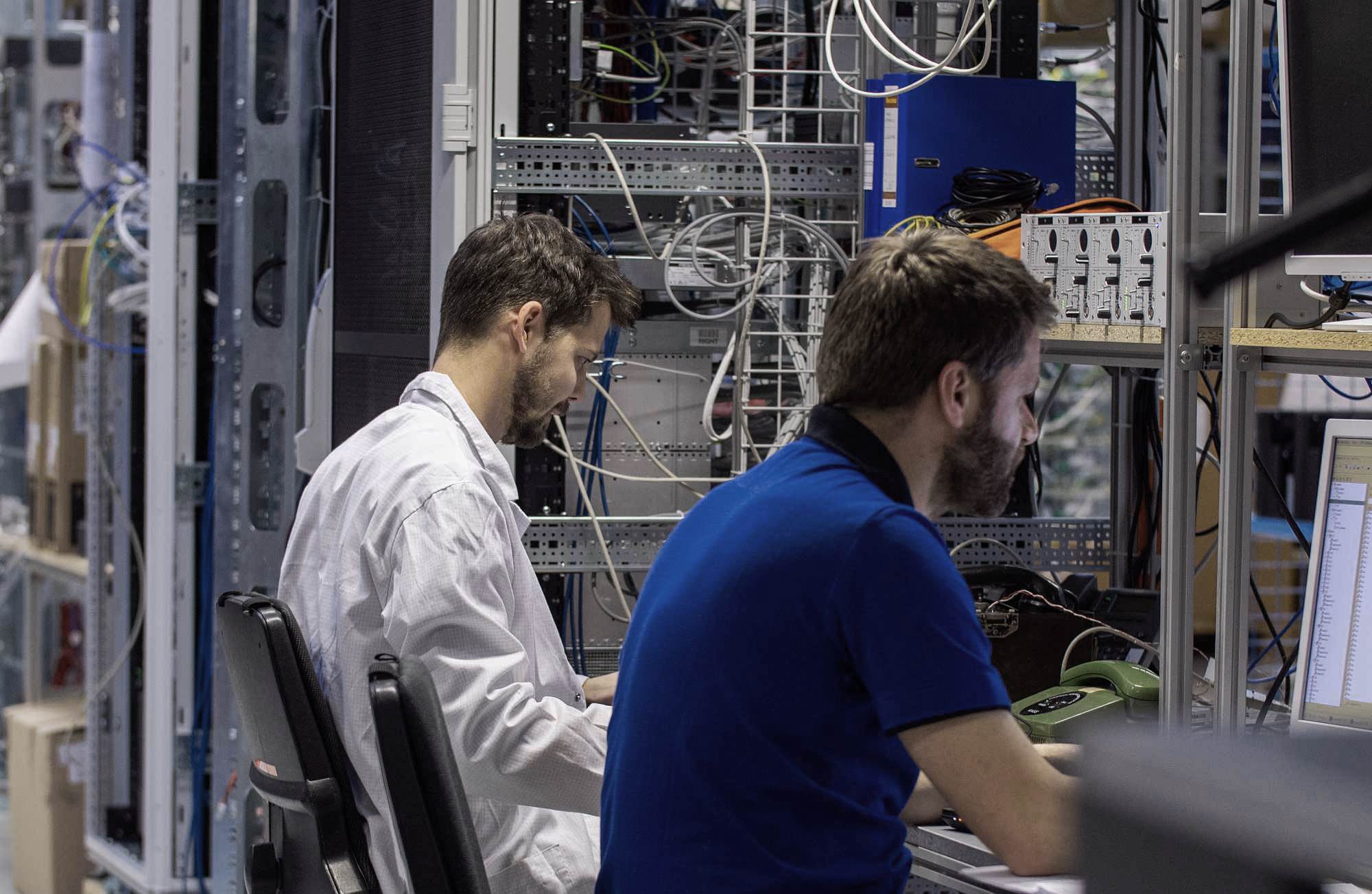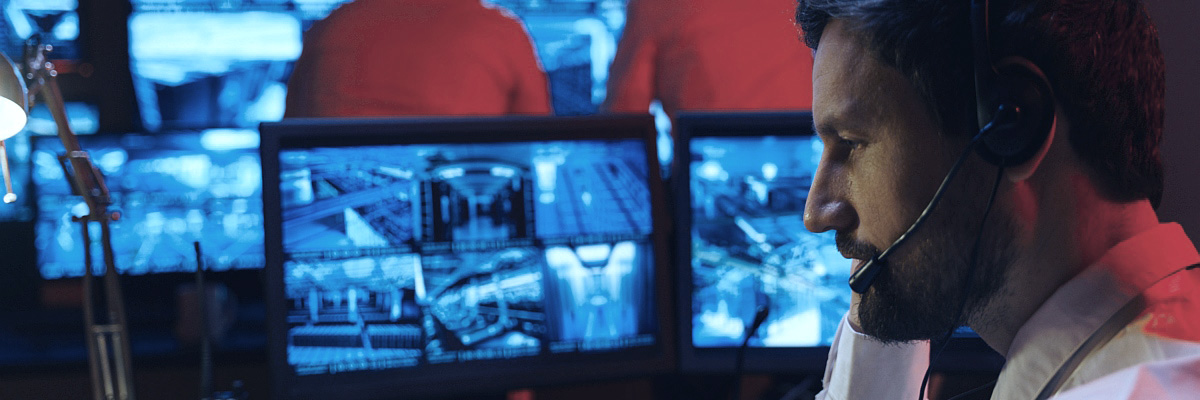Imagine the following scenarios:
- After an ice storm, public safety answering points are flooded with emergency calls, additional emergency resources are required and relief organisations need to collaborate on an operational, tactical and strategic level. Decision making is done in various locations and on different levels of management. Crisis staff organisations are put in place to cope with the complexity.
- A civilian airplane entering the European airspace is not responding on radio. The comparison of the actual flight track with the planned route shows a significant deviation. At the same time, an important political summit is taking place within 25 minutes flying time. Interceptors are dispatched for reconnaissance to assess the situation, since the civilian airliner may have been hijacked to be used as weapon. Different organisations need to work together on the ground to provide the necessary information base for the decision making: civilian air traffic management, police, armed forces, and other authorities providing information about possible targets on the ground.
It is situations like these which demand leadership capabilities at an extremely high level. Leadership is a human quality – and it can be supported by technology. So, which concrete capabilities are behind leadership in such demanding situations? And how can technology support it?
SPECIFIC LEADERSHIP CAPABILITIES – THE STARTING POINT FOR OUR RESEARCH
- The capability to have a clear understanding of the situation including all relevant pieces of information
- The capability to make sustainable decisions by considering all options and their consequences
- The capability to direct the operations in an effective way by steering and monitoring all relevant actions
- The capability to communicate any time in a secure way with all relevant units, also across organisations
- The capability to collaborate (including cross-organisation collaboration) based on a common understanding of the situation
- The capability of being mobile to provide all required communication and information functionality for distributed organisations and dynamically changing communication infrastructures
Technology building blocks support humans to bring their capabilities to full effect in complex and demanding situations of crisis. Examples of such technology building blocks are: information sharing infrastructures for professional, safety-critical services; situational awareness solutions; decision support systems; communications interoperability solutions. They define the research goals for the research projects in this area. All of them are collaborative endeavours: We are working together with professional end-users and research partners.

